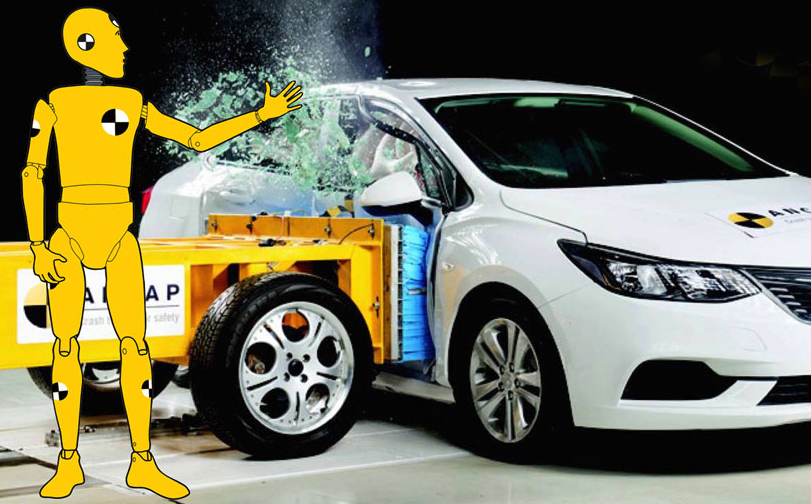This story was first published in Fleet Auto News. By David Brown
The Australian New Car Assessment Program rates the crash performance of news cars on a one to five scale. But the requirements to meet each rating level have increased and will continue to do so into the future.
So, a car that has achieved a five star rating this year is likely to have more safety features and perform better in a range of crash scenarios than many previous models.

New cars are not tested every year but only when there is a significant upgrade. This means that you may buy a new car that has a five-star rating because it was tested several years ago and may not perform as well as another model that has been tested this year.
If you bought a new car in 2007, the requirements for a five-star rating were well below what they are now. Compared to a decade ago a new car tested in 2017 would now require the extra following features:
- Electronic stability control (which is now mandatory on all news cars sold in Australia)
- Emergency brake assist
- Head-protecting technology (side airbags) for front and second row of seats
- Seat belt reminders for all xed seating positions
- Top tether anchorages for child restraints
ANCAP conducts actual crash tests to measure the forces and likely injuries a driver, passenger or pedestrian may sustain during a crash. Observations are also made on the displacement of dummies, as well as the structural integrity on the vehicle’s occupant compartment.
It’s important that we don’t just judge a vehicle on the features it has. Some years ago, a small car with a driver’s side air bag received a poorer score than a vehicle without an airbag because during the crash test, the driver’s head rolled off the side of the airbag causing the crash test dummy to register signicant damaging forces as it twisted alarmingly.
There are three separate tests for assessing the protection of vehicle occupants: Frontal offset test; Side impact test; and the Pole test.
A rating level for a combined score is required for each of the five categories but for two stars and above, a vehicle has to reach individual score levels in frontal offset and side impact. For a five-star rating the vehicle also has to achieve a minimum score in the Pole test. A minimum Pole test score became a requirement for a four-star rating in 2017.
All levels of score now also require a minimum pedestrian rating of “marginal” for one or two stars, and “acceptable” for three stars and above, and an “acceptable” whiplash rating for one to three stars and “good” for four to five stars. None of these ratings were required up to 2011.
ANCAP will continue to upgrade the requirements to achieve a safety rating and in 2018 Automatic Emergency Braking will become mandatory for a five-star rating. When ANCAP first started there was some strong criticism from the industry but there is now a very wide acceptance of the value of its work.
Fleet Auto News recently spoke to several CEOs of Australian car companies. There was positive support and a public commitment to jumping the safety bar even if it gets higher.
As an OH&S policy, many companies will only buy five-star rated cars so ANCAP procedures have helped improve the driving environment and hastened the adaptation of the latest technologies. One of the most critical areas of development has been for pedestrian safety. Now that this is a measured attribute, car design and technology has advanced rapidly.
The speed at which safety features are now becoming available in the lower end models is much quicker than it used to be.
ANCAP procedures and requirements have not been exactly the same as Euro NCAP but they have been moving closer together. By 2018, ANCAP and Euro NCAP policies and protocols will be largely aligned.
The Insurance Institute for Highway Safety in the United States, rates vehicles using a scaled rating system (Good, Acceptable, Marginal or Poor). The range of tests and test configurations differ across test programs as does the way in which the final rating is calculated. The specifications of car models that are sold in different countries may differ so overseas results, especially from the US, should be taken as a guide only.